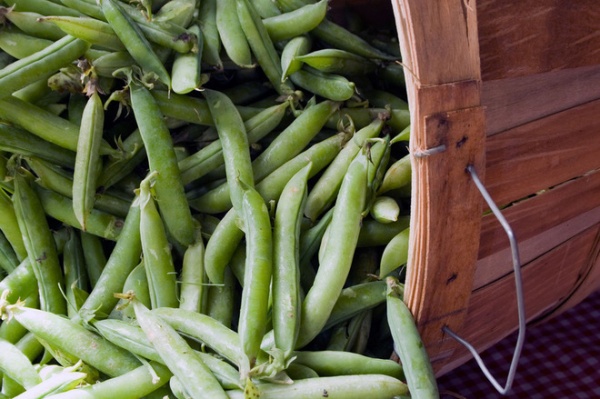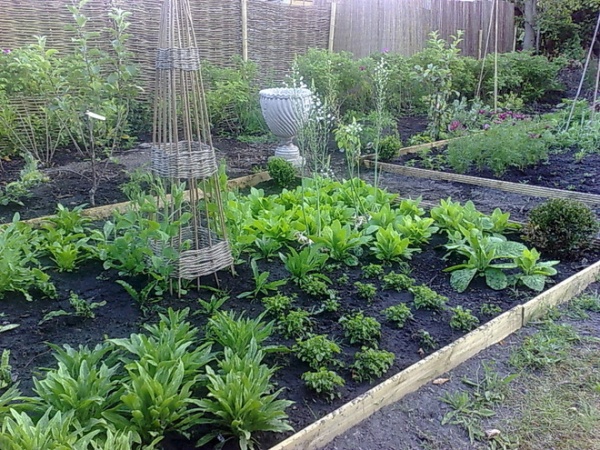Cool-Season Vegetables: How to Grow Peas
Fresh peas are a sign of spring, one of the sweetest, most tempting offerings of the garden. They’re also less well known as a fall and even a winter crop for mild areas, as they thrive in cool weather.
There are two general types of peas. English peas, also known as shelling peas, require you to “unzip” the pod to reach the peas. Edible pod peas, which include sugar snap peas (sugar peas) and snow peas, are eaten pod and all when they are immature.
Peas also come in two basic sizes. Tall trellising peas reach up to 8 feet in height and need the support of trellises, mesh, wires or strings. Smaller bush peas, up to 4 feet high, don’t need as much support, although they do have a shorter growing season (a plus when optimal weather conditions are limited). The growing requirements for all types of peas are the same, however.
Though these two types of peas are the most familiar, there are also soup peas. Many of these are worth growing for their purple color alone, although other non–green pea varieties are also being developed.
More: How to grow vegetables in fall and spring

When to plant: About 2 months before the last frost date in spring; in mild-winter climates, sow seeds 2 to 3 months before the first expected frost date and sow successively throughout the fall.
Days to maturity: 55 to 70
Light requirement: Full sun; provide afternoon shade in hot climates
Water: Keep moist during germination, then provide regular water but don’t overwater
Favorites:
Shelling peas: Garden Sweet, Green Arrow, Little Marvel, Maestro, Novella II, Survivor, Thomas Laxton, WandoSugar peas: Mega, Sugar Ann, Sugar Snap, Sugar Sprint, Super Sugar Snap (sensing a theme?)Snow peas: Dwarf Gray Sugar, Gray Sugar, Mammoth Melting Sugar, Oregon Giant, Oregon Sugar Pod II, Snowbird

Planting and care: You will need to buy inoculated seeds or inoculate them yourself. Make sure the soil is loose and drains well. The soil should be rich in organic matter and high in potassium and phosphorus, but not as high in nitrogen, as too much of that nutrient will hinder overall production.
Set up the support system for the taller varieties first, then sow seeds about an inch to 2 inches deep and an inch apart. Keep the soil moist, but don’t water too much, as the seeds can rot. Thin seedlings to 2 to 4 inches apart (set transplants out at this spacing and firm the soil around them). Take care when planting, thinning and weeding because the plants are delicate. Keep an eye out for aphids, beetles and powdery mildew. A mosaic virus is a problem in the northwestern U.S.
Harvest: Shelling peas are ready to harvest when they’ve reached their full size and the pods are bright green. Edible peas are ready when the peas are just beginning to form. (You can also wait and harvest them at full maturity as you would shelling peas.) Start at the bottom of the vines. If you keep harvesting, they will keep producing.
More: How to Grow Vegetables in Fall and Spring












